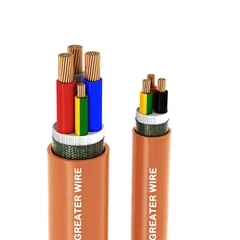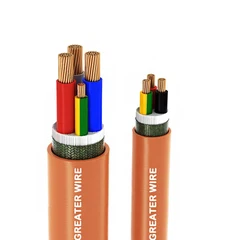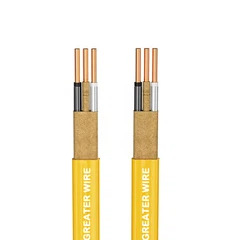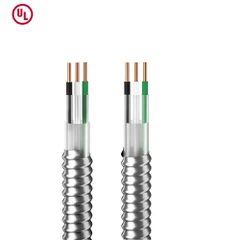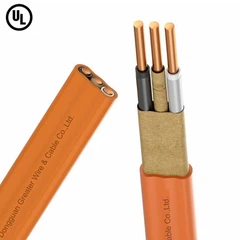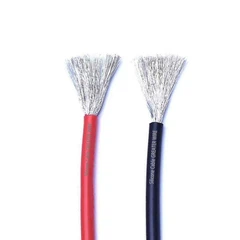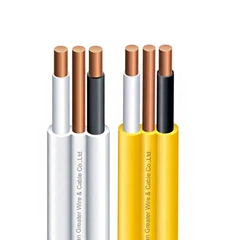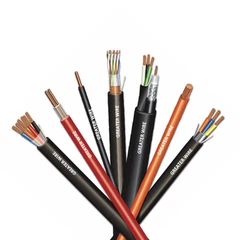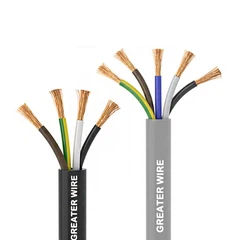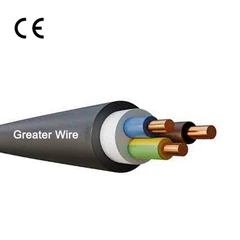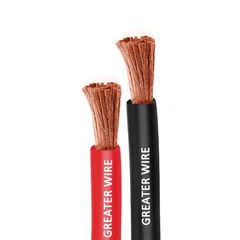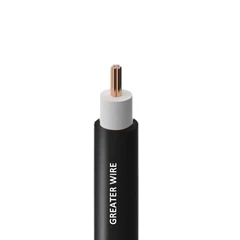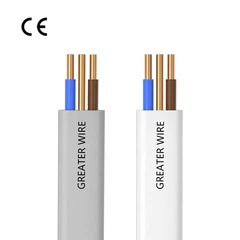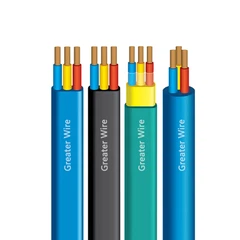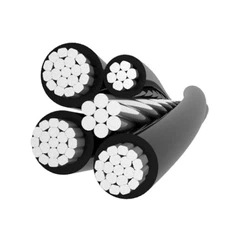Photovoltaic (PV) systems, which convert sunlight into electricity, have become a cornerstone of sustainable energy solutions. A vital component of these systems is the solar cable, used to connect solar panels to other system components such as inverters, batteries, and distribution boards. Solar cables are specially designed to withstand harsh outdoor conditions, including UV radiation, moisture, and temperature extremes. However, the proper installation of these cables is critical to ensure the safety, longevity, and efficiency of the entire solar power system.
In this article, we will explore the key installation requirements and precautions for solar cables, providing a comprehensive guide for installers and professionals involved in the deployment of photovoltaic systems.
Understanding Solar Cables
Before delving into installation requirements and precautions, it's important to understand what makes solar cables different from conventional electrical cables. Solar cables are designed to meet specific performance standards that cater to the unique environmental challenges faced by photovoltaic systems. These cables are exposed to outdoor elements, meaning they must be durable, UV-resistant, temperature-resistant, and moisture-proof.
The two main types of solar cables used in photovoltaic systems are:
DC Solar Cables: These are used to carry direct current (DC) electricity from the solar panels to the inverter.
AC Solar Cables: These are used for alternating current (AC) electricity, connecting the inverter to the electrical grid or other storage devices.
Both types are typically made with copper or aluminum conductors and insulated with materials like cross-linked polyethylene (XLPE), thermoplastic elastomers (TPE), or polyvinyl chloride (PVC) to protect them from environmental damage.

Installation Requirements for Solar Cables
The correct installation of solar cables is essential for ensuring that the photovoltaic system operates efficiently and safely. Below are the key requirements for installing solar cables in a PV system:
1. Choosing the Right Solar Cable
The first step in the installation process is to choose the appropriate solar cable. This depends on several factors:
Current Rating: The cable must be rated to handle the maximum current that will pass through it. Solar cables are available in various sizes and configurations, depending on the amperage.
Voltage Rating: The cable must also be rated for the maximum voltage in the system. For residential PV systems, voltages can range between 600V and 1500V, while larger commercial systems may use higher voltage cables.
Environment Compatibility: Solar cables must be suitable for the installation environment. For instance, cables used in outdoor environments need to be UV-resistant and weatherproof. Additionally, cables installed in coastal or industrial areas may need enhanced corrosion resistance.
Ensure that the solar cable you select meets industry standards, such as IEC 60216 for high temperature resistance, IEC 61730 for safety, and UL 4703 for PV wire.
2. Cable Length and Routing
Proper cable length and routing are essential to minimize energy losses and avoid unnecessary wear. Here are some points to consider:
Cable Length: The length of the cable should be as short as possible to reduce energy losses due to resistance. However, the cable must be long enough to reach all components of the system, from the solar panels to the inverter and beyond.
Routing: Solar cables should be routed to minimize exposure to external damage. Cables should ideally be placed in conduit or cable trays to prevent mechanical damage. If cables are laid out on the roof, they should be secured with cable ties to avoid movement and damage from wind.
Separation of AC and DC Cables: In a photovoltaic system, DC cables (from the solar panels) and AC cables (from the inverter) must be kept separate. This prevents interference and reduces the risk of electrical faults.
3. Temperature and Environmental Factors
Solar cables are designed to withstand a broad range of temperatures, but extreme conditions can still affect their performance. Here are some key temperature considerations:
Temperature Range: Solar cables are typically rated to operate between -40°C and +90°C, but this can vary depending on the cable type and the material used for insulation. Ensure that the chosen cable is rated for the local temperature conditions.
UV Protection: Since solar cables are exposed to sunlight, they must be UV-resistant to prevent degradation of the insulation. This is particularly important for cables exposed to direct sunlight. Cables used outdoors should have an outer sheath made of UV-resistant materials such as PVC or TPE.
Moisture Resistance: Solar cables must be resistant to water and moisture, especially when installed in outdoor settings. In locations with high humidity, ensure that cables are sealed and moisture-resistant to prevent short circuits or corrosion.
4. Cable Connectors and Junction Boxes
To ensure safe and reliable connections between solar cables, the appropriate connectors and junction boxes must be used:
Connectors: The connectors used with solar cables must be specifically designed for use in photovoltaic systems. They should have excellent insulation, corrosion resistance, and ensure tight, secure connections to prevent electrical faults.
Junction Boxes: If junction boxes are used to connect multiple cables, ensure they are weatherproof and comply with the relevant standards. The boxes should also be large enough to accommodate the cable connectors and allow for easy access if maintenance is needed.
5. Cable Trays and Conduits
When routing solar cables, the use of cable trays and conduits is important to protect the cables from physical damage and exposure to external elements. Conduits should be weatherproof, and cable trays should be mounted securely to avoid any sagging or movement.
If the cables are buried underground, ensure that they are placed in buried conduit to protect them from moisture and mechanical stress. For rooftop installations, the cables should be run along the roof's edges or within the roof structure to reduce exposure to the elements.

Installation Precautions for Solar Cables
While installing solar cables, certain precautions must be taken to ensure the safety and longevity of the system. Below are some key precautions to follow during the installation process:
1. Avoid Sharp Bends and Tension
Solar cables should not be bent at sharp angles, as this could damage the insulation and affect the electrical properties. There is typically a minimum bend radius specified by the manufacturer, and it should be strictly adhered to during installation. Excessive tension on the cable should also be avoided, as it can cause the conductors to stretch or break, leading to failures or electrical hazards.
2. Proper Grounding
It is crucial to ensure that the photovoltaic system is properly grounded. This helps prevent electric shock hazards and ensures the safety of the installation. Grounding the solar cables and the entire system helps protect both the cables and the users from electrical surges or faults.
3. Avoid Physical Damage
While laying out solar cables, care should be taken to avoid any physical damage, such as cuts, abrasions, or crush injuries. Ensure that the cables are not exposed to sharp objects, heavy equipment, or moving machinery that could cause wear or punctures in the insulation.
4. Check for Compatibility with Other Components
Ensure that the cables used are compatible with other system components, including the inverter, connectors, and junction boxes. Mismatched components can lead to poor connections, which in turn can cause energy loss, electrical faults, or even fire hazards.
5. Protection Against Overheating
Solar cables are designed to handle heat, but excessive heat can still cause degradation, especially if they are installed in areas with poor ventilation. Ensure that the cables are not placed too close to heat sources, such as exhaust vents, or in confined spaces with little airflow.
6. Inspection and Testing
Once the installation is complete, a thorough inspection and testing of the cables should be conducted. Check the connections, insulation, and routing for any signs of damage or wear. Use electrical testing equipment to ensure that the system is working correctly and that no faults or issues are present.
7. Compliance with Regulations
It is essential to comply with local electrical codes and standards during installation. These regulations often specify minimum requirements for cable types, conduit materials, cable routing, and grounding systems to ensure safety and performance.

